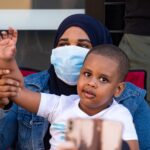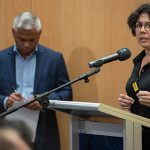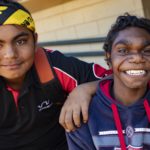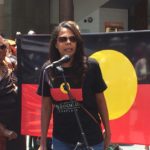Intensive WA Suicide Program Proves Outreach Can Reduce First Nations Deaths
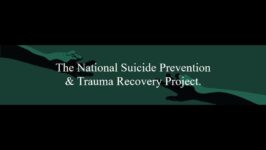
Five First Nations girls took their own lives within the first eleven days of 2019. The oldest two were 15, the youngest two were just 12 years old. And three of the minors, who were driven to such despair that they took their own lives, lived in Western Australia.
Then, in March that same year, four First Nations youths took their own lives in Queensland within the space of 40 hours. Indeed, by a third of the way into 2019, a total of 56 Aboriginal and Torres Strait Islander people had died by intentional self-harm.
This spate of deaths brought the country’s long-term and ongoing First Nations suicide crisis into stark relief. Politicians at the highest level vowed that they were going to make Indigenous suicide a priority until the media focus shifted onto something else.
The most recent ABS figures outline that over 2019, 195 First Nations people took their own lives nationwide. And the statistics further outline that these numbers are consistent with the rate of Indigenous people dying by suicide over the last decade, which continued to rise year-on-year.
However, in early 2019, after the five young girls ended their own lives, an intensive suicide outreach program was launched in WA. And this strategy of providing on hand support has seen a marked reduction in the First Nations suicide rate in that state.
Breaking the cycle
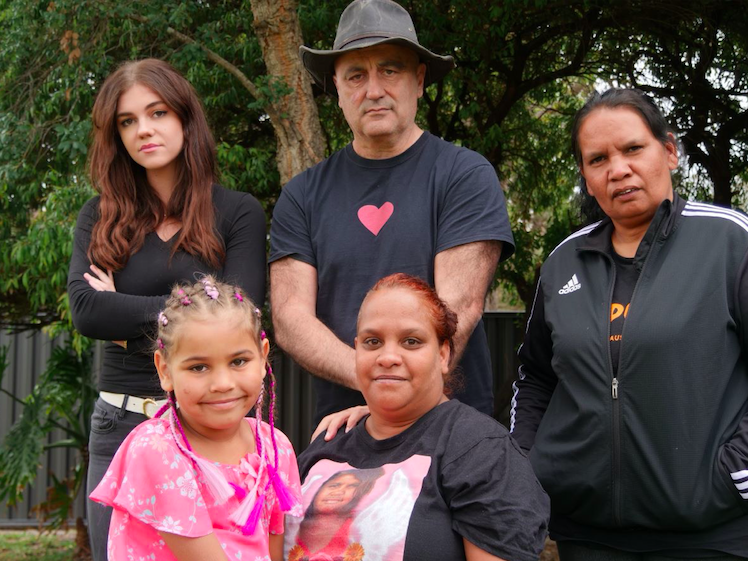
“In January 2019, after the tragic loss of the five girls, I self-funded and established the National Suicide Prevention and Trauma Recovery Project (NSPTRP),” explained suicide prevention researcher and outreach worker Gerry Georgatos.
“Seventy percent of the 15,000 individuals we have supported in the two years plus, have been First Nations individuals,” the NSPTRP national coordinator continued. “And 70 percent of the First Nations individuals we supported are in Western Australia.”
The WA-based NSPTRP comprises of three core outreach workers, twelve volunteers and two sister projects. And over the last two years, the scope of their outreach work has been extensive having made its way out to all parts of WA.
As Georgatos points out, the period 2018 to 2019 saw the overall suicide rate in his state rise from 381 deaths the first year to 418 in the second. However, over that same period, First Nations suicides dropped from 39 deaths down to 31, signalling a 20 percent decrease.
“It is our claim, this is not coincidence, but correlation,” Georgatos told Sydney Criminal Lawyers. “Our outreach – its intense psychosocial support and relentless throughcare – was the differential. While we reduced the First Nations suicide toll in WA, the toll went up everywhere else.”
A gap wide open
Back in the 1980s, First Nations suicides rates were relatively low. However, by 2019, death by self-harm was the fifth leading cause of death amongst First Nations people nationwide, compared with it ranking as the thirteenth top cause of death amongst the overall Australian population.
In terms of Aboriginal and Torres Strait Islander men that year, intentional self-harm was the second leading cause of death after heart disease.
Georgatos argues there’s a link between suicide and extreme poverty. And he points out that of the 56 First Nations people who died by suicide in the first third of 2019, 51 of them had lived in public housing, three were homeless, and the last two lived within proximity of the poverty line.
The intergenerational trauma caused by colonisation, along with the systemic racism prevalent throughout Australian institutions today weighs heavily upon the Indigenous suicide rate. Yet, Georgatos points out most First Nations people who suicide also live below the poverty line.
“Intergenerational trauma still affects identity above the poverty line and those living in relative affluence,” he continued, “but they’re able to navigate that because of protective factors.”
“Being there for people”
Comprised of both Aboriginal and non-Indigenous workers, the National Suicide Prevention and Trauma Recovery Project is making a difference as its “relentless” outreach program means its team members are making themselves available to people at-risk throughout the community.
According to the NSPTRP, this approach keeps people alive as they’re aware that someone is actually there for them, validating their trauma – which subsequently improves – as well as being there to help individuals better their life circumstances.
“The youngest suicide I have responded to, where I have worked long haul to support the family is of a nine-year-old child,” Georgatos recalled. “The youngest attempted suicide I have responded to is of a six-year-old.”
Seen to be doing something
Following the shocking spate of First Nations youth suicides in early 2019, the Morrison government announced in April that year, it was allocating a further $42 million to fund mental health initiatives for youths and Indigenous people.
Although First Nations health representatives warned it was likely this funding would be funnelled into the usual mainstream services rather than culturally safe Indigenous focused programs, which Aboriginal and Torres Strait people are more likely to access.
Curtin University Associate Professor Hannah McGlade said at the time that she’d seen it all before with the Abbott government, where commitments were made but little transpired. She added that “there is no indication that this government is at all interested in Aboriginal human rights”.
Georgatos has criticised the government approach as being one reliant on committee inquiries making recommendations that are never actioned. He estimates that there have been 40 reports released in 15 years, with 700 recommendations that can be aggregated down to 15 unique ones.
“Long have I called for relentless outreach, intensive psychosocial supports, throughcare and aftercare, and I continue to, because through this people supporting people, in-person approach we can reduce the suicide toll not only for First Nations, but for all Australians,” Georgatos concluded.
“It breaks my heart that one government after another instead – to be seen to be doing something – funds research, which delivers more of the same ‘recommendations’.”




